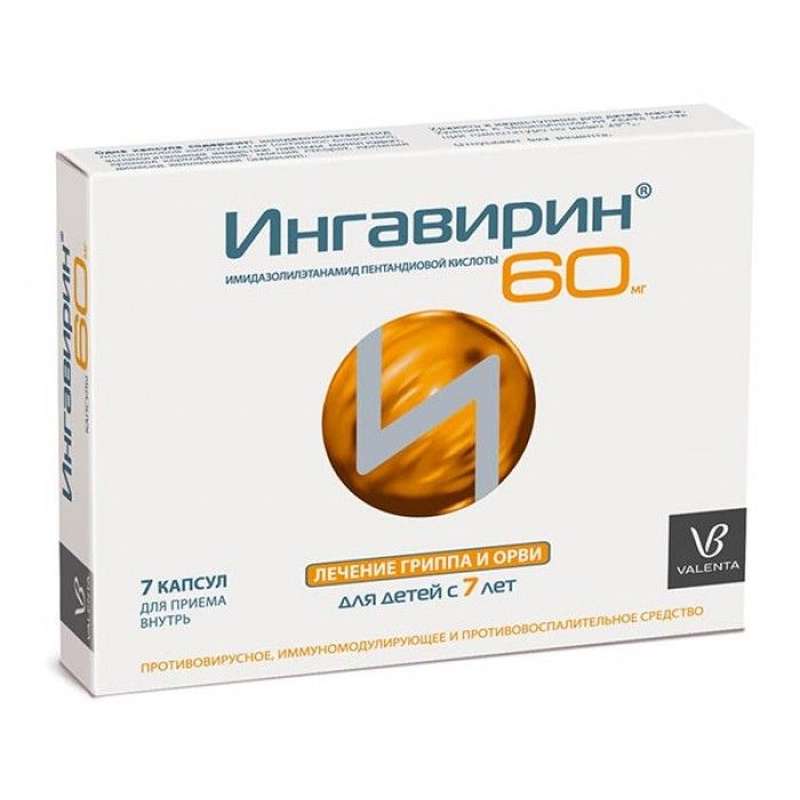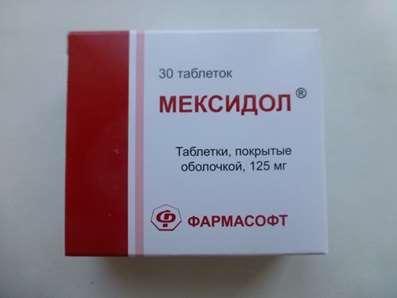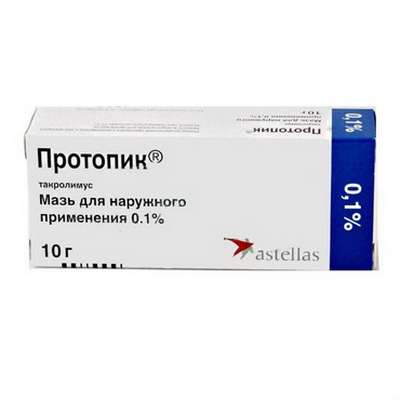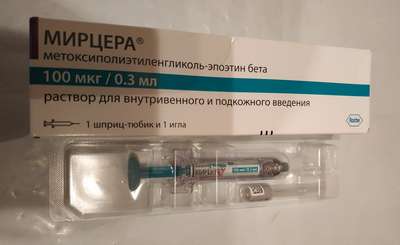Pharmachologic effect
Pharmacological action - immunomodulatory, anti-inflammatory, antiviral.
Active substance: Imidazolyl ethanamide pentandioic acid
Pharmacodynamics:
Antiviral drug.
In preclinical and clinical studies, the effectiveness of the drug Ingavirin against influenza viruses of type A (A (H1N1), including pork A (H1N1) pdm09, A (H3N2), A (H5N1) and type B, adenovirus, parainfluenza virus, has been shown respiratory syncytial virus; in preclinical studies: coronavirus, metapneumovirus, enteroviruses, including Covid-19, Coxsackie virus and rhinovirus.
The drug Ingavirin contributes to the accelerated elimination of viruses, reducing the duration of the disease, reducing the risk of complications.
The mechanism of action is realized at the level of infected cells due to the stimulation of innate immunity factors suppressed by viral proteins. In experimental studies, in particular, it was shown that the drug Ingavirin increases the expression of the first type of IFNAR interferon receptor on the surface of epithelial and immunocompetent cells. An increase in the density of interferon receptors leads to an increase in the sensitivity of cells to signals of endogenous interferon. The process is accompanied by activation (phosphorylation) of the protein - STAT1 transmitter, which transmits a signal to the cell nucleus for the induction of antiviral genes. It was shown that under conditions of infection, the drug stimulates the production of the antiviral effector protein MxA, which inhibits the intracellular transport of ribonucleoproteins of various viruses, slowing down the process of viral replication.
The drug Ingavirin causes an increase in the content of interferon in the blood to a physiological norm, stimulates and normalizes the reduced α-interferon-producing ability of blood leukocytes, stimulates the γ-interferon-producing ability of leukocytes. It causes the generation of cytotoxic lymphocytes and increases the content of NK-T cells with high killer activity against virus-infected cells.
The anti-inflammatory effect is due to the suppression of the production of key pro-inflammatory cytokines (TNF (TNF-α), IL (IL-1β and IL-6), a decrease in the activity of myeloperoxidase.
In experimental studies, it was shown that the combined use of the drug Ingavirin with antibiotics increases the effectiveness of therapy on a model of bacterial sepsis, including caused by penicillin-resistant staphylococcus strains.
Conducted experimental toxicological studies indicate a low level of toxicity and a high safety profile of the drug.
According to the parameters of acute toxicity, the drug Ingavirin belongs to the 4th class of toxicity - “Low toxic substances” (in determining the LD50 in experiments on acute toxicity, lethal doses of the drug could not be determined).
The drug does not have mutagenic, immunotoxic, allergenic and carcinogenic properties, does not have a locally irritating effect. The drug Ingavirin does not affect reproductive function, does not have an embryotoxic and teratogenic effect.
Indications Ingavirin:
treatment of influenza A and B and other acute respiratory viral infections (adenovirus infection, parainfluenza, coronavirus, respiratory syncytial infection) in adults and children from 13 years old;
prevention of influenza A and B and other acute respiratory viral infections in adults.
Dosage and administration:
Inside, regardless of food intake.
For the treatment and prevention of influenza and acute respiratory viral infections, children from 7 to 17 years old are prescribed 1 capsule (60mg) 1 time a day. The duration of treatment is 5-7 days ( depending on the severity of the condition).
Taking the drug begins from the moment of the first symptoms of the disease, preferably no later than 2 days from the beginning of the disease.
To prevent influenza and acute respiratory viral infections after contact with sick persons, children from 7 to 17 years old are prescribed 1 capsule (60mg) 1 time a day, for 7 days .
Overdose:
Cases of drug overdose are not described.

 Cart
Cart





